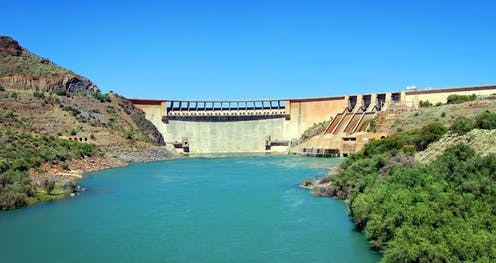By Solomon Kibret
Many people in Africa are food insecure, vulnerable to shifts in climate and do not have access to electricity. There’s also a problem with accessing reliable, clean water, particularly in places with irregular rains.
Building dams is one way that African countries are trying to address these myriad issues. A number of large and small dams are currently under construction, particularly in sub-Saharan Africa.
But while dams could solve some problems, it may also bring new ones – like malaria. Water is crucial to the spread of this mosquito-borne disease. That’s because mosquitoes breed and lay their eggs in or near bodies of water. The insects prefer shallow pools for these purposes, and dams provide shorelines that offer just this: many shallow pools.
The number of people living close to (less than 5 km away) large dam reservoirs in sub-Saharan Africa increased from around 14 million to about 19 million between 2000 and 2015, according to our study. Nearly 75% of the population stays in areas where there is malaria. During the same 15 year period, the number of large dams increased from 884 to 919 in Africa. These figures are conservative since only two-third of African dams are registered in the World Register of Dams database.



